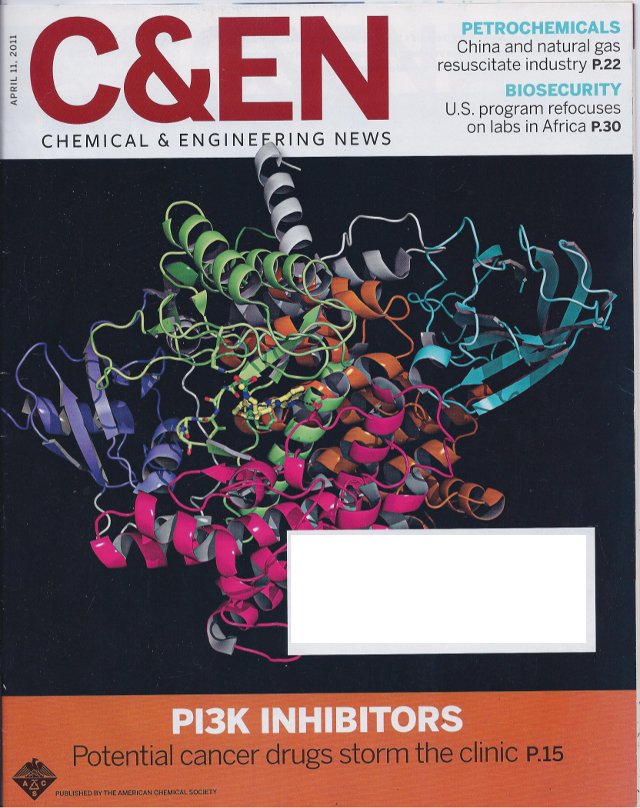Main Page: Difference between revisions
HannahKullik (talk | contribs) No edit summary |
HannahKullik (talk | contribs) No edit summary |
||
| Line 30: | Line 30: | ||
|- | |- | ||
! New Plugin | ! New Plugin | ||
| [https://github.com/ | | [[PySSA]] aims to combine PyMOL and [https://github.com/sokrypton/ColabFold ColabFold] to enable the prediction and analysis of 3D protein structures for the scientific end-user. [https://github.com/urban233/PySSA/releases/tag/v1.0.1 v1.0 has been released] on July 10, 2024. | ||
|- | |- | ||
! Official Release | ! Official Release | ||
Revision as of 13:15, 16 January 2025
| The community-run support site for the PyMOL molecular viewer. |
| To request a new account, email SBGrid at: accounts (@) sbgrid dot org |
| Tutorials | Table of Contents | Commands |
| Script Library | Plugins | FAQ |
| Gallery | Covers | PyMOL Cheat Sheet (PDF) | Getting Help |
|
|
 A Random PyMOL-generated Cover. See Covers.
|
